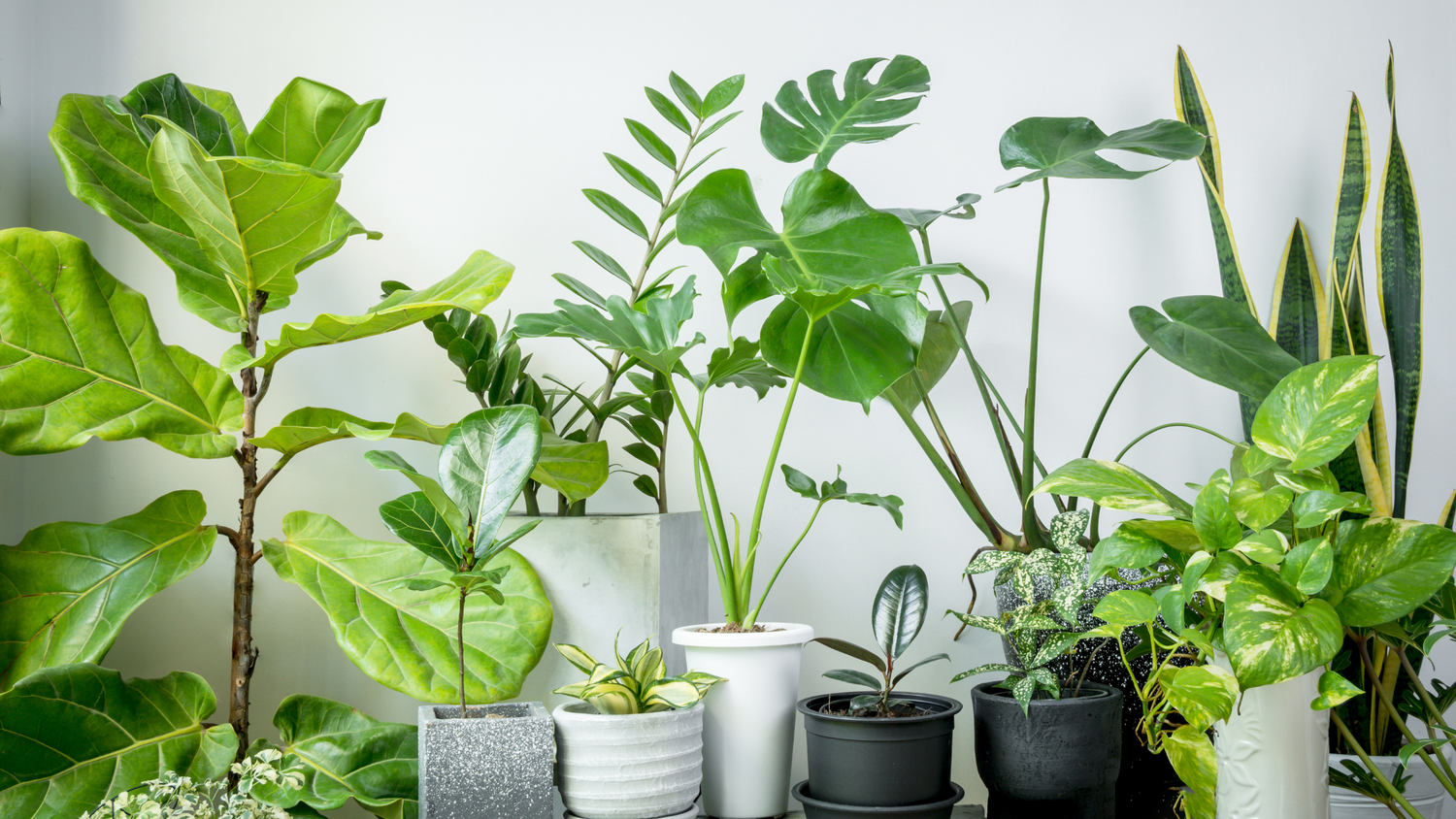Tropical terrariums are miniature ecosystems that bring a slice of nature into your home. These self-sustaining environments can thrive for years with minimal attention, making them an excellent choice for busy homeowners or office spaces. If you've recently acquired or created a closed tropical closed terrarium, here's a detailed care guide to help you keep it healthy and vibrant for years to come.
Positioning:
The positioning of your closed tropical terrarium is crucial to its health and growth. Place the terrarium in a spot that receives bright, indirect sunlight, as direct sunlight can cause excessive heat buildup and damage the plants. If the terrarium is in a room with low light levels, consider using a grow light to supplement the natural light.
Watering:
One of the most significant advantages of a closed tropical terrarium is that it requires very little watering. The moisture inside the terrarium should be enough to sustain the plants. However, you should monitor the condensation level inside the terrarium to ensure that it remains sufficient. If the walls of the terrarium start to fog up, you can reduce the amount of water you add during watering.
When you do need to water the terrarium, use a spray bottle to apply water gently. Do not overwater, as excess moisture can lead to mold growth and root rot.
Ventilation:
Closed terrariums do not require regular ventilation, as the plants generate their own oxygen and carbon dioxide. However, if the condensation level inside the terrarium becomes excessive, you may need to open the lid for a short period to allow for air circulation. Alternatively, you can use a small fan to circulate air around the terrarium periodically.
Pruning:
As the plants inside the terrarium grow, they may require occasional pruning to maintain their shape and health. Remove any yellow or brown leaves or stems, and trim any overgrown branches to keep the plants looking neat and healthy.
Cleaning:
Over time, the inside of the terrarium may accumulate dust or other debris. Use a soft cloth or brush to gently wipe down the walls of the terrarium, taking care not to damage the plants or disturb the soil. You can also use a mild soap solution to clean the inside of the terrarium if necessary, but make sure to rinse it thoroughly and allow it to dry completely before closing the lid.
Fertilizing:
Closed terrariums generally do not require fertilizing, as the plants receive nutrients from the decomposing matter inside the terrarium. However, if you notice that the plants are not growing as well as they should, you can add a small amount of diluted liquid fertilizer to the water you use to water the terrarium. Be careful not to over-fertilize, as excess nutrients can harm the plants.
Troubleshooting:
If you notice any signs of disease or pests, you should take immediate action to address the problem. Remove any affected plants, and clean the inside of the terrarium thoroughly with a mild soap solution. You may also need to add fresh soil or replace the entire terrarium if the problem persists. If you need any help with your terrarium, please don't hesitate to contact us. We'll be happy to help.
In conclusion, closed tropical terrariums are a beautiful and low-maintenance way to bring the natural world into your home or office. With proper care, your terrarium can thrive for years, providing a peaceful and relaxing natural environment for you to enjoy. Follow these tips to keep your closed tropical terrarium healthy and vibrant, and enjoy the benefits of a miniature ecosystem right in your living space.


